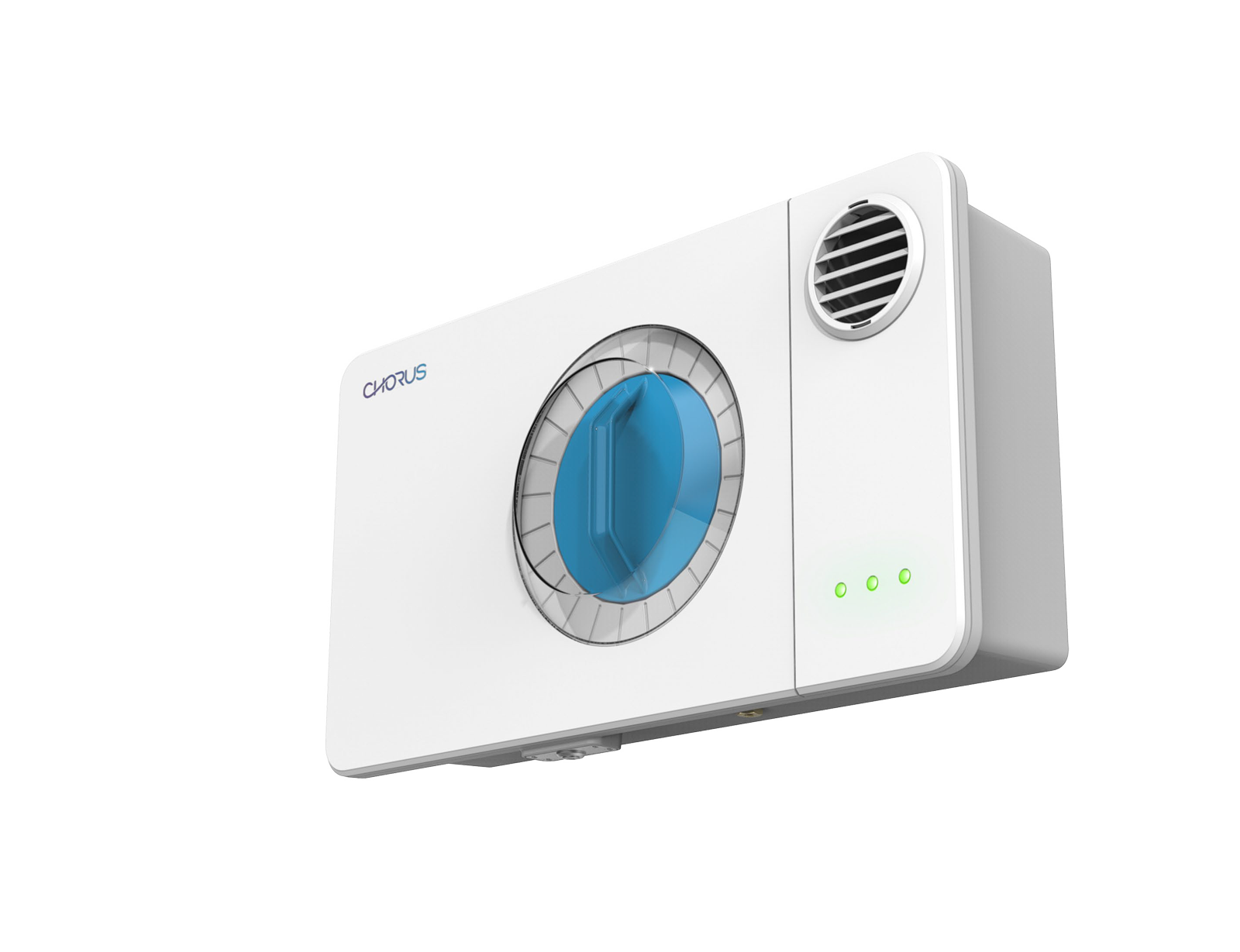Smarter Air Quality for Controlled Environment Agriculture

As indoor farms grow larger and more complex, one factor still flies under the radar: air quality. While most growers invest heavily in lighting, nutrients, and automation, managing the air inside a facility is often overlooked, despite its outsized impact on yield, quality, and operational efficiency.
With the controlled environment agriculture (CEA) market expected to grow fivefold by 2034, now’s the time to rethink how we manage indoor air.
Why Air Quality Matters More Than Ever
Poor air quality can carry more than just unpleasant odors. It can spread plant pathogens, drive up energy use, and lead to costly crop loss. Even small improvements can deliver measurable returns: fewer issues during flowering, better consistency across harvests, and less downtime between cycles.
Modern CEA facilities need smarter, more responsive ways to manage the air. That’s where technology comes in.
Two Paths: Filtration vs. Sanitization
There are two main approaches to air quality management: mechanical filtration and active air sanitization. They’re not mutually exclusive. Many successful growers use a combination. Here’s how they compare:
Mechanical Filtration
- What it does: Removes particles and gases by trapping them in filter media.
- Strengths: Proven, familiar, and integrates easily with HVAC systems.
- Limitations: Filters wear out, require maintenance, and can’t remove everything, especially tiny pathogens or gases that pass through untouched.
Active Sanitization
- What it does: Continuously treats the air with antimicrobial agents that neutralize pathogens and odor-causing compounds in real time.
- Strengths: Targets what filters miss, including sub-micron particles and airborne spores. Systems adjust output based on current conditions.
- Limitations: Requires integration with facility controls, staff training, and chemical replenishing, but modern systems are increasingly user-friendly.
When to Use What
- Smaller Facilities (<10,000 sq ft): Filtration may be enough, especially for odor control. But if you're battling recurring mold or disease, adding sanitization can help.
- Larger Operations: Combining both systems gives broader protection, better performance, and greater efficiency.
- High-Value or Specialty Crops: Continuous pathogen control can significantly reduce loss and increase quality, often more than covering the investment.
The ROI Is Real
Cleaner air means fewer plant health issues, better yields, and less time lost to remediation. Pathogens that move through the air cost global agriculture over $200 billion a year. Technologies that actively manage air quality can help protect against that risk.
Looking Ahead: Smarter, Integrated Systems
The future is automated. Today’s most advanced systems use sensors to adjust sanitization levels based on real-time needs. This kind of integration isn’t just about convenience, it’s about building a more resilient, efficient, and high-performing grow.
The bottom line? Air quality is more than a compliance checkbox. It’s a strategic lever. As CEA continues to scale, the growers who invest in smarter air management will see the difference where it counts: healthier plants, cleaner harvests, and a stronger returns.
That's where Chorus comes in. Our advanced air management systems can help growers take control of their environments and their outcomes. Schedule a consultation today.




